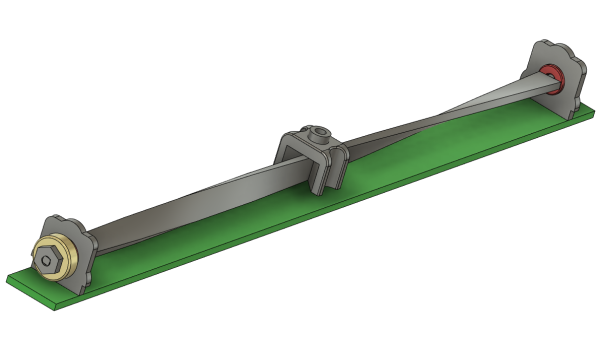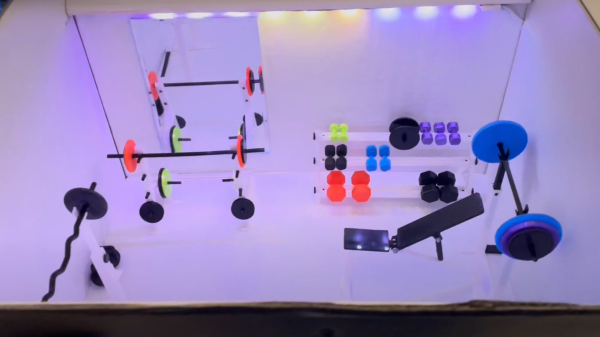Once upon a time, we drove an old six-volt VW Beetle. One sad day, the wiper motor went out, and as this happened before the Internet heyday, there were no readily-available parts around that we were aware of. After briefly considering rubbing a potato on the windshield as prescribed by the old wives’ tale, we were quite grateful for the invention of Rain-X — a water-repelling chemical treatment for car windshields.
Boy would we have loved to know how to make it ourselves from readily-available chemicals. As you’ll see in the video below, it doesn’t take much more than dimethicone, sulfuric acid, and a cocktail of alcohols. [Terry] starts with dimethicone, which he activates with a healthy dose of concentrated sulfuric acid, done under the safety of an exhaust hood. After about 20 minutes on the stir mix-a-lot plate, [Terry] added ethanol and isopropyl alcohols. Finally, it was off to the garage with the mixture in a spray bottle.
After meticulously cleaning the windshield, [Terry] applied the solution in small areas and rubbed it in with a towel to create a thin bond between it and the glass. This creates a perfectly normal haze, which can be removed after a bit with a clean towel.
If you just love listening to your windshield wipers, at least make them move to a beat.
Continue reading “Wipe On, Wipe Off: Make Your Own Rain Repellent”


















